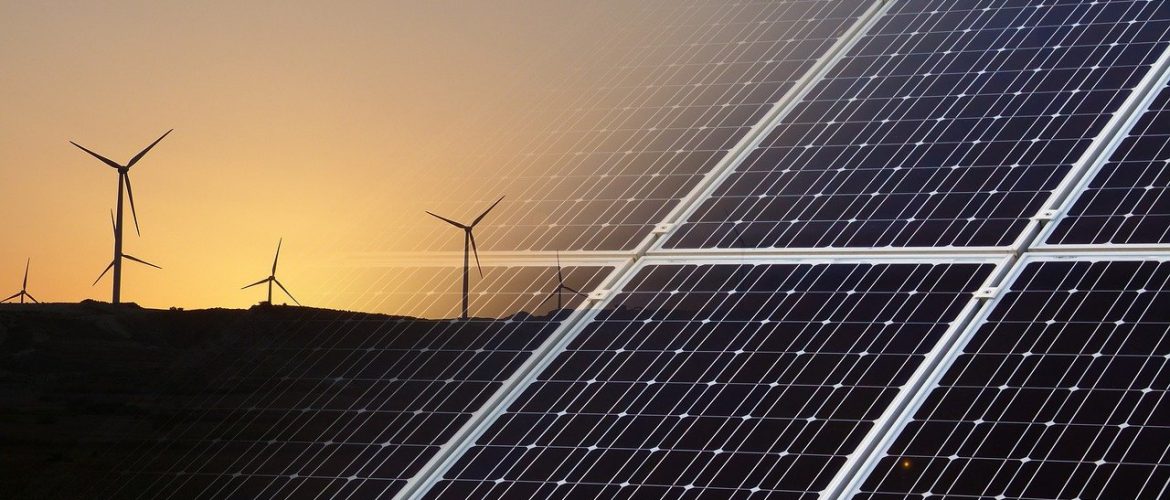According to the latest monthly data for the interconnected electricity network from ADMIE (October 2022):
For the first time in the first 10 months of the year, the electricity produced cumulatively from renewables including large hydro exceeded that from fossil fuels (fossil gas and lignite) (20186 GWh vs 19859 GWh).
Even though fossil fuels were still ahead until September 2022, increased renewables production in October combined with a significant decline in electricity demand during the same month, high gas prices and other economic parameters, reversed that trend, leading to a substantial reduction in the electricity produced from fossil gas and lignite (-58% and -23% respectively compared to October 2021).
Renewables (16689 GWh) – excluding large hydro – are now the top source of electricity , leaving fossil gas (15193 GWh) in the second place, followed by lignite (4666 GWh), large hydro (3498 GWh) and the net imports with 2834 GWh.
As a result, in the first 10 months of 2022, renewables including large hydro covered 47.1% of the electricity demand, increasing their share by 5 percentage points just the last year despite the fact that the contribution of large hydro was reduced due the fact that 2022 is a dry year so far. Fossil gas covered 35.4% of the consumption – a percentage significantly lower than that of the previous year, while lignite remained at the levels of the 2 previous years. Finally, net imports covered just 6.6% of electricity demand, the lowest share since 2013.
Renewables excluding large hydro achieved the highest percentage increase (+18.4%) in the first 10 months of 2022 compared to the corresponding period of 2021. In addition to renewables, lignite production increased as well, but only marginally (+2% or just 93 GWh).
On the contrary, fossil gas recorded a significant percentage decrease (-11.5%) compared to the same period of 2021, but remained at marginally higher levels than those of 2020.
Specifically for October 2022:
- Electricity demand (3649 GWh) decreased by 9% compared to the same month in 2021, while October was the fourth month in a row that electricity demand decreased compared to the same month of 2021. In fact, the monthly demand of October was the fourth lowest of the last 10 years, behind April and May 2020 (first pandemic lockdown) and April 2012.
- Monthly production from renewables was the second highest behind July’s 2022 record.
- Fossil gas and lignite recorded significant decreases compared to October 2021 (-58% and -23% respectively).
As a result, the share of renewables combined with large hydro reached 57.3% in October, proving that the transition from the expensive and polluting fossil fuels can be achieved even faster when energy savings are combined with the acceleration of renewables’ deployment.



